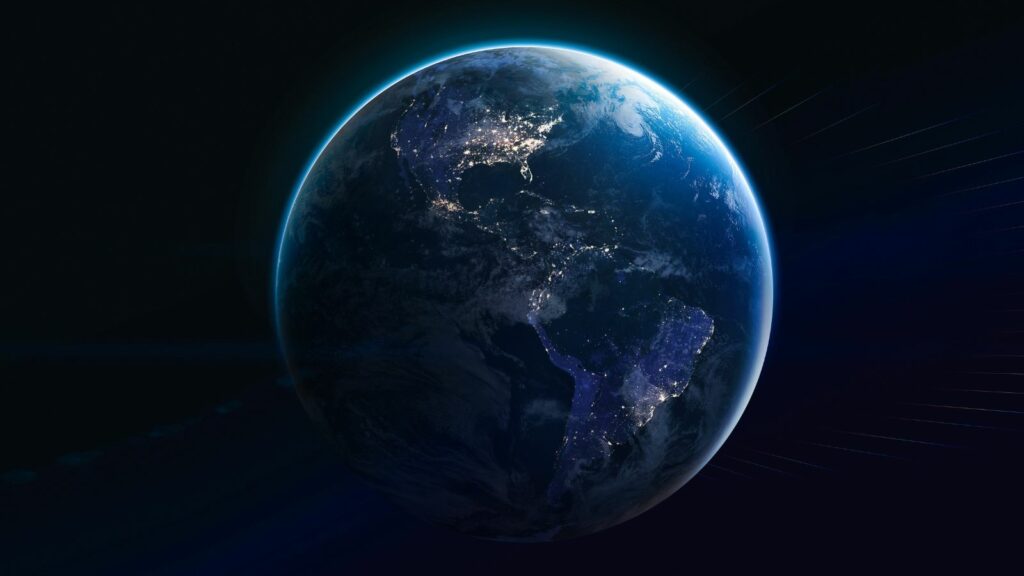One of the biggest landmarks in human advancement in technology and innovation has been the significant milestones in space exploration. Through the brilliance of some of the most intelligent people combined with science, we have learned many things about space, its vastness, what it holds, and what possibilities exist for humankind. However, some of the most significant milestones have left the environment suffering from the impacts of space exploration. Here are 7 space exploration milestones that would be criticized for environmental impact now:
Lunar landing
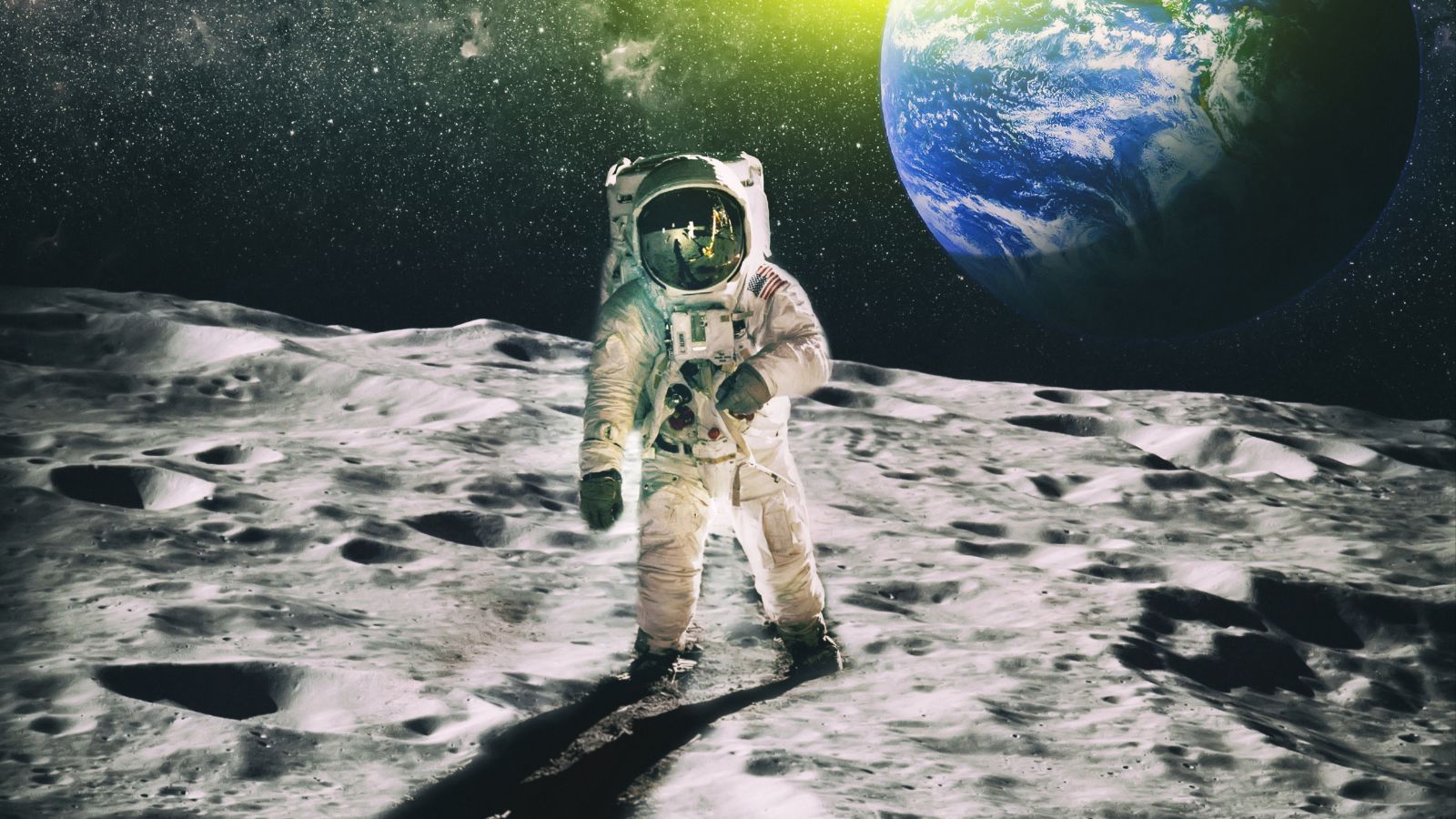
The lunar or moon landing is one of the most significant milestones in space exploration. Although this milestone led to the ability to gather important information and research about space, it also hurt the environment. Lunar explorations lead to the emissions of many exhaust gases into the atmosphere, accumulating a high amount of pollutants and chemicals that contribute to the depletion of the ozone layer and climate change. As the number of lunar landings increased after the first one, the amount of harmful gases released into the atmosphere caused more environmental harm.
International Space Station
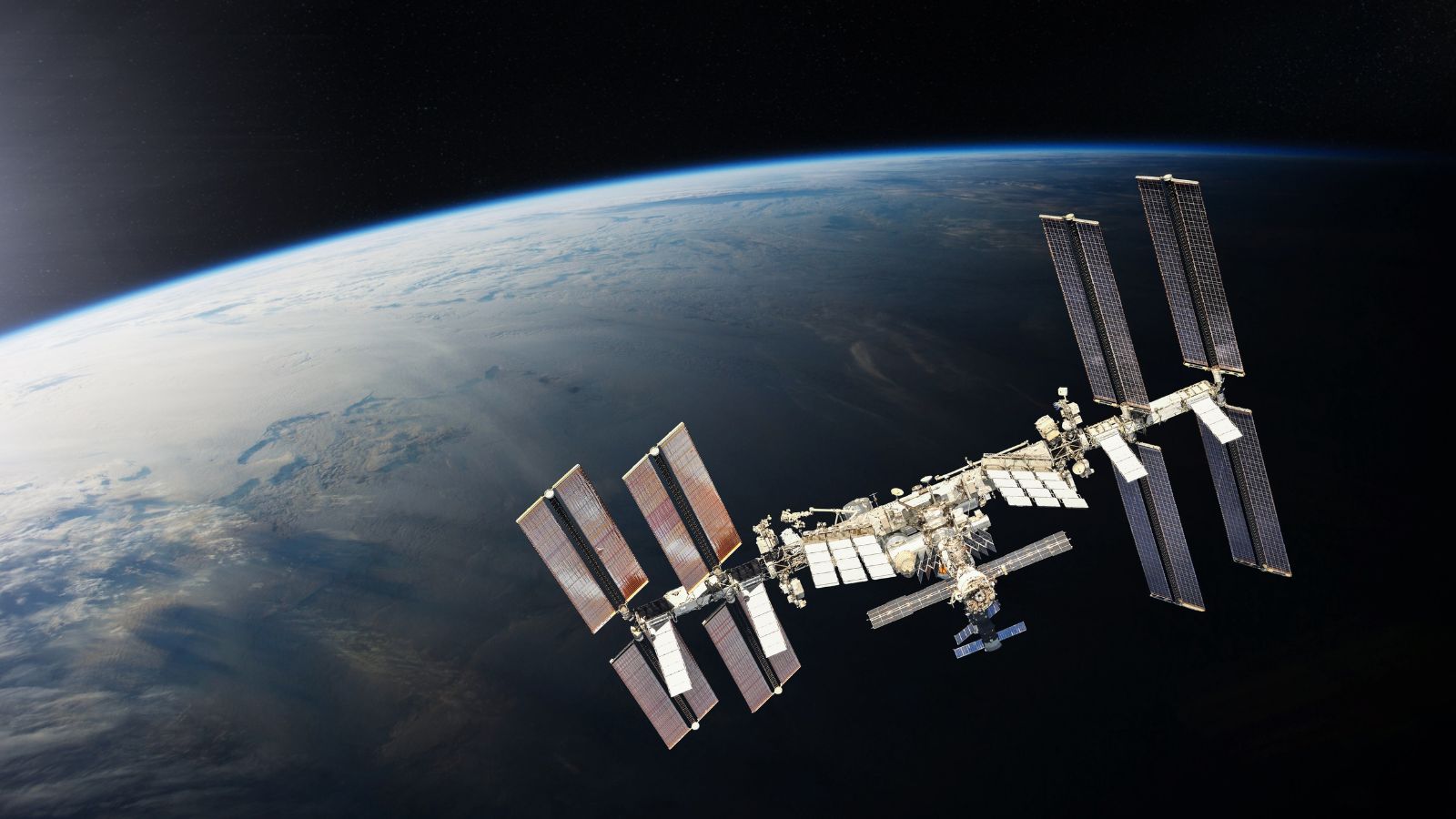
The International Space Station, or the ISS, is a spacecraft that orbits around the earth to serve as a home that astronauts can inhabit during space missions. The ISS acts like a space laboratory that has played an essential role in providing a platform for scientists to research and advance technology in space and ground applications. However, the ISS has impacted the environment in multiple ways, emerging from waste disposal methods that may allow the waste to re-enter the earth’s atmosphere, increasing pollution on earth and in space.
Satellite Launches
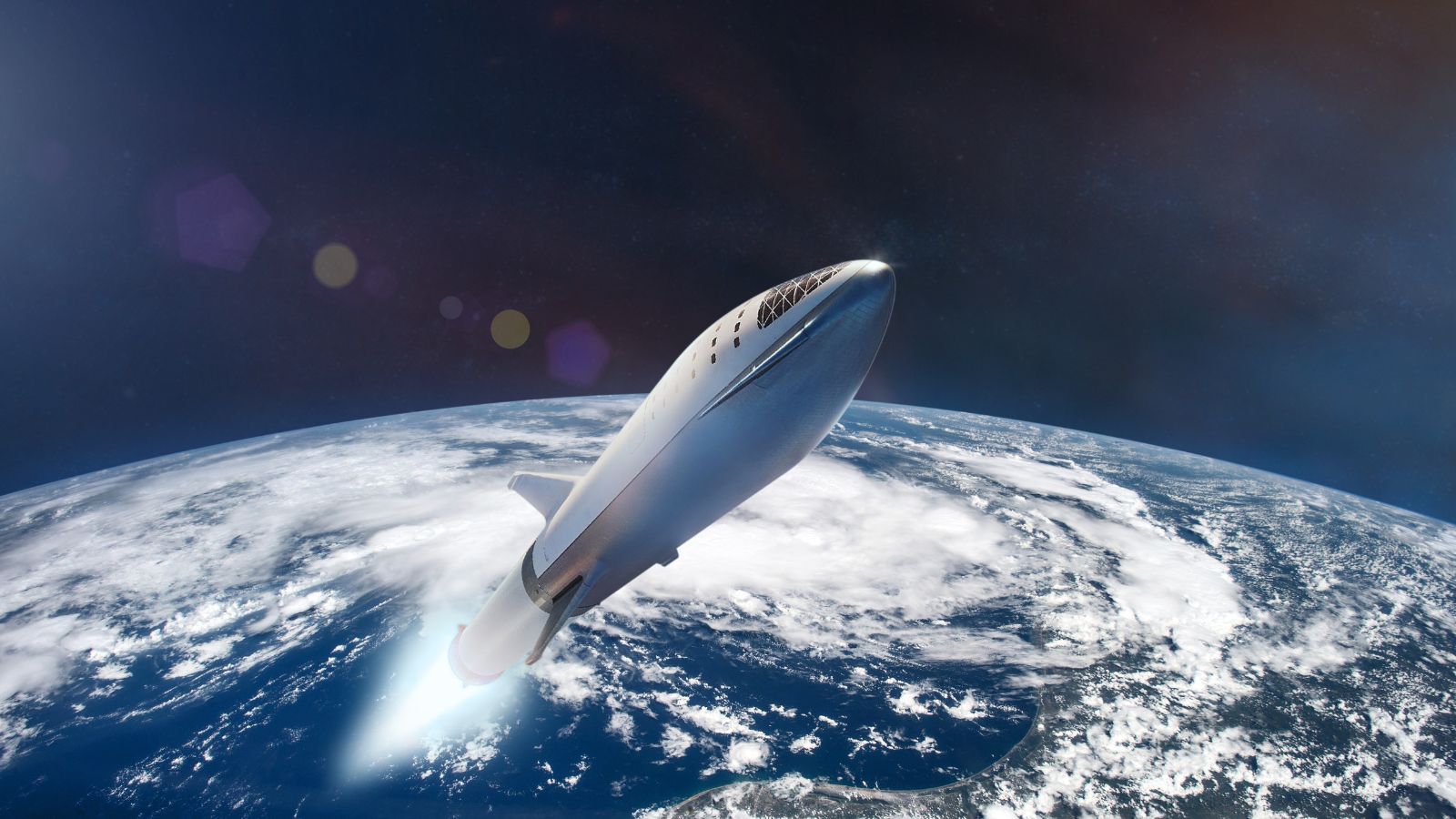
Scientists have gathered some of the most essential information about the earth through satellites. They have been one of the most significant milestones in space exploration and have played an essential role in communication relays, weather forecasting, navigation, broadcasting, and much more. However, more and more satellites are being launched into space, accumulating debris and posing a risk to operational spacecraft and missions. This has raised many concerns about the environmental impact that the debris can have in space and the earth’s atmosphere.
Resource Extraction
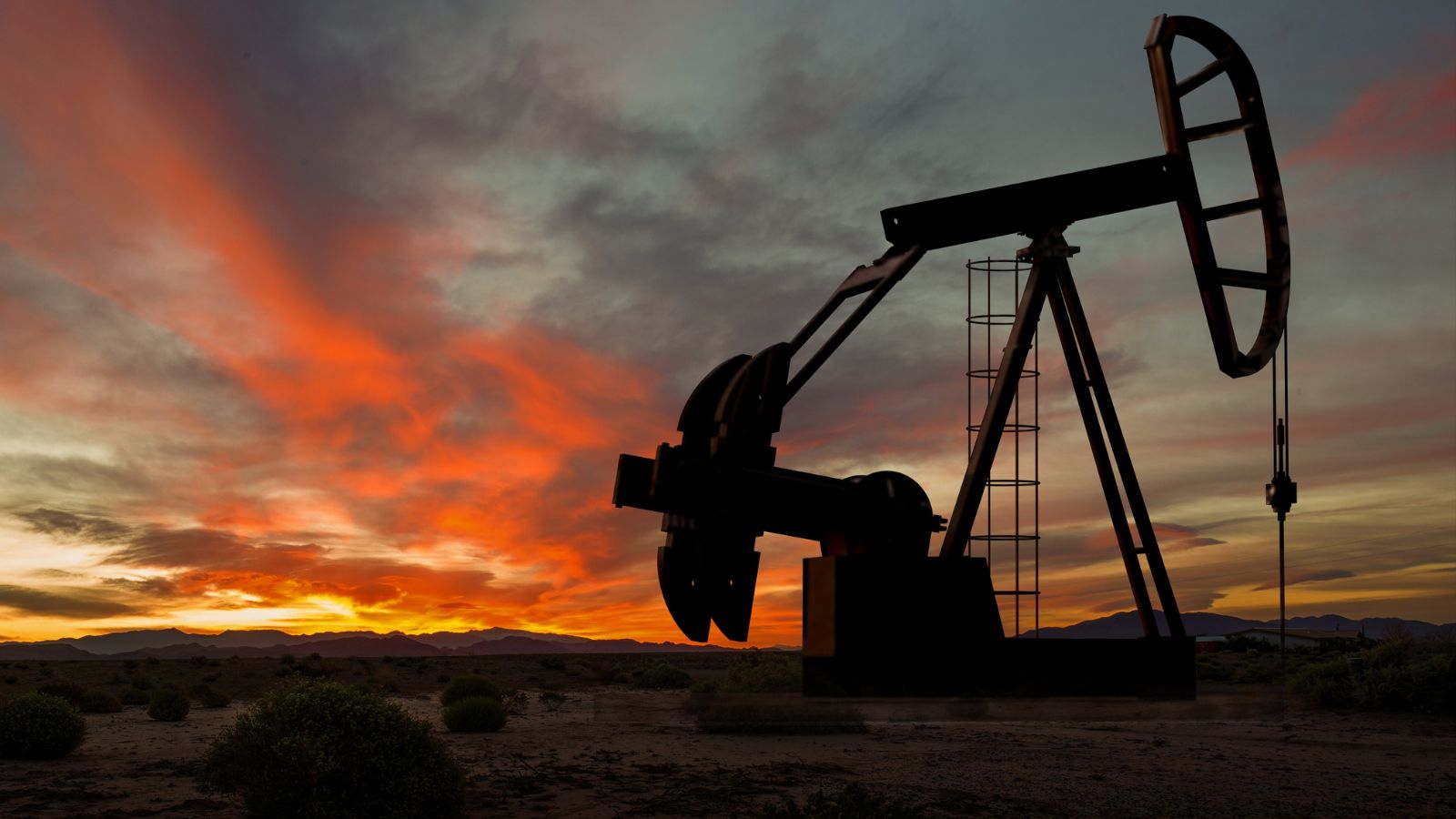
Resource extraction in space, also known as space mining, has enabled scientists to gather valuable information about the resources available in celestial bodies like asteroids, comets, the moon, etc. This information plays an important role in science and innovation. However, the procurement of the resources has raised many ethical and environmental concerns that emerge from the disruption of celestial bodies and the addition of space debris. Extraction missions often include releasing a large amount of waste and debris into space, which can lead to atmospheric pollution.
Space Tourism
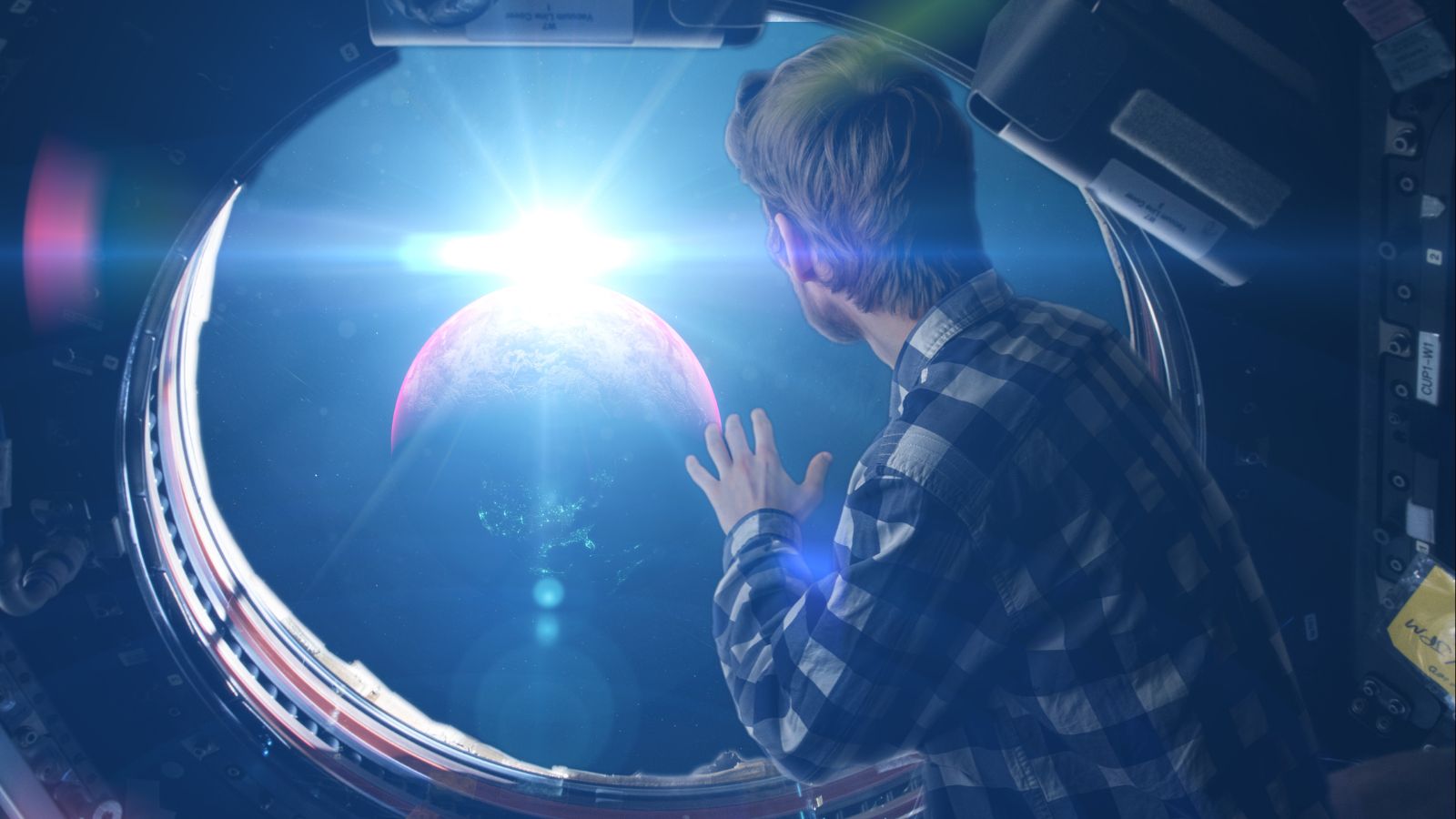
Space tourism is one of the newer milestones in space exploration, and many individuals are excited about traveling to space or even staying in a space hotel. As developments continue to be made towards commercializing space tourism, concerns are also raised regarding how sustainable it can be for the environment and its contribution towards an individual’s carbon footprint. Although the concept is new and exciting, space tourism can have a considerable cost to the environment because of the increase in resource consumption from the earth and pollution of the atmosphere.
Nuclear Tests in Space

The ability to send rockets and satellites into space led to the ability to conduct various kinds of tests in space, which would have otherwise had significant repercussions if done on earth. During the Cold War, countries conducted nuclear tests in space for research purposes to gather data about the effects of nuclear explosions that occur outside of the earth’s atmosphere. Although this led to valuable data, it also led to significant concerns about the environmental impact. These tests led to the release of radioactive particles into space, which can combine with debris and potentially fall back onto earth, leading to contamination and long-term effects.
Satellite Constellations
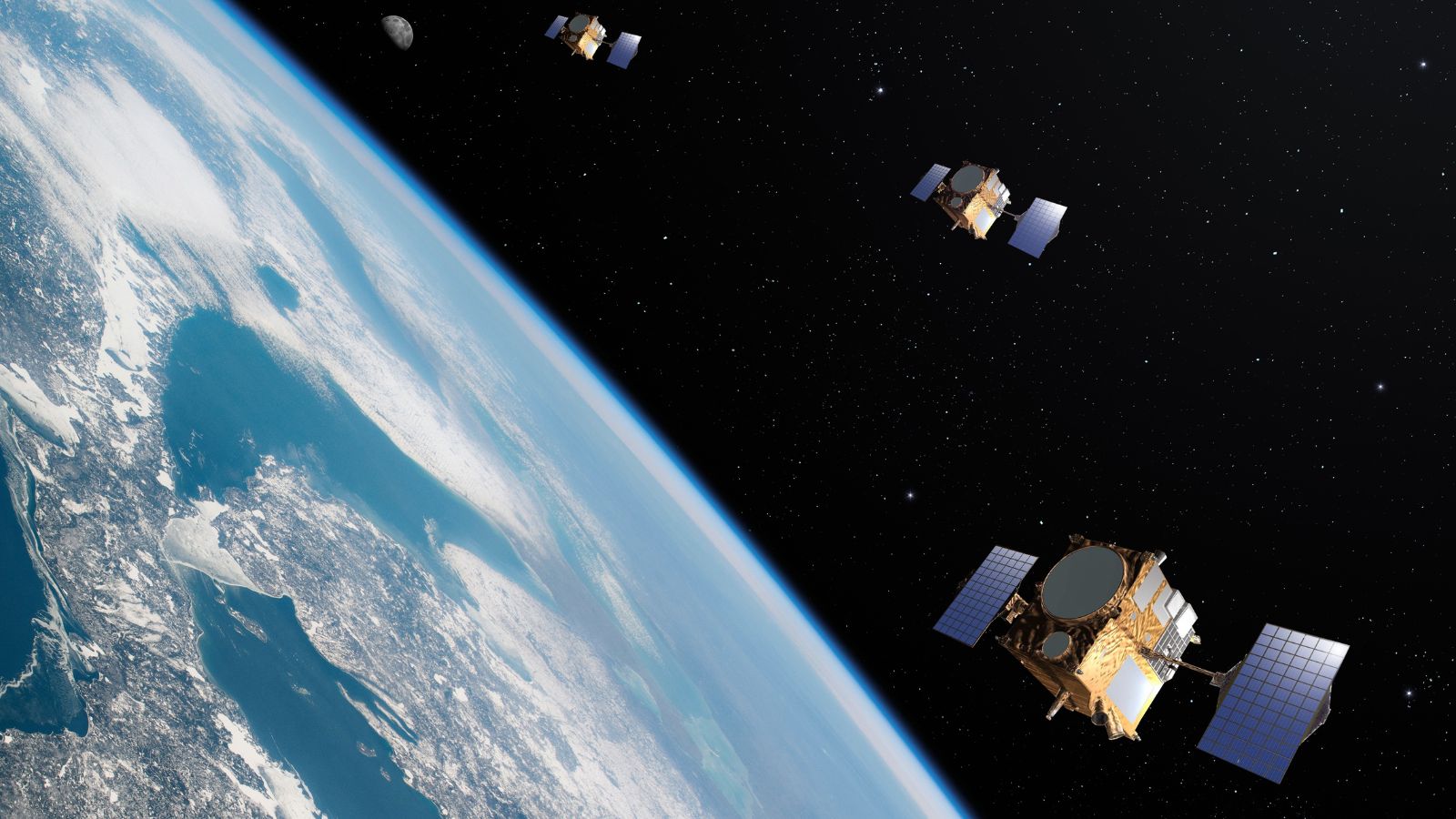
When a large number of satellites are launched into space to work together to form a satellite system, a satellite constellation is created. One of the biggest uses of a satellite constellation is providing global coverage. Although these satellite constellations provide important systems that enable internet coverage, they are one of the biggest contributors to light pollution. If light pollution increases, astronomical observations, and nocturnal life will be disrupted. This can hurt the environment in the future, especially affecting nocturnal ecosystems.
14 Cars with a Reputation for Running Forever and Why They Outperform the Rest
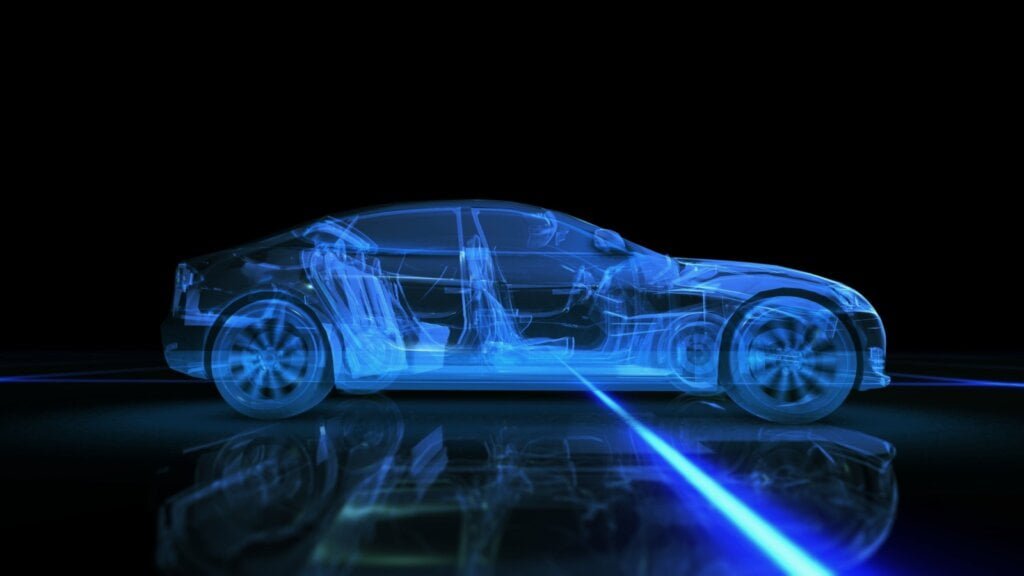
In the dynamic world of automobiles, some cars stand out for their remarkable longevity and enduring performance. These road warriors have earned a reputation for running seemingly forever, outpacing their counterparts. This article will explore 14 such vehicles and the reasons behind their legendary durability.
14 Cars With A Reputation For Running Forever And Why They Outperform The Rest
Alanna Rosen is an experienced content writer that focuses on many finance and educational content. Her articles are regularly published on Web3Tribe and syndicated on large publications.
